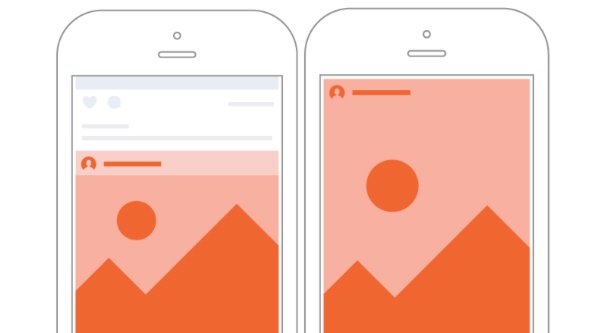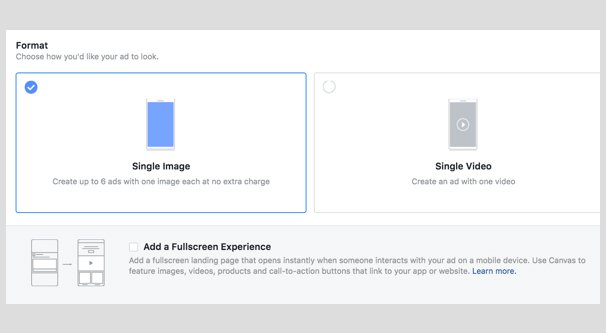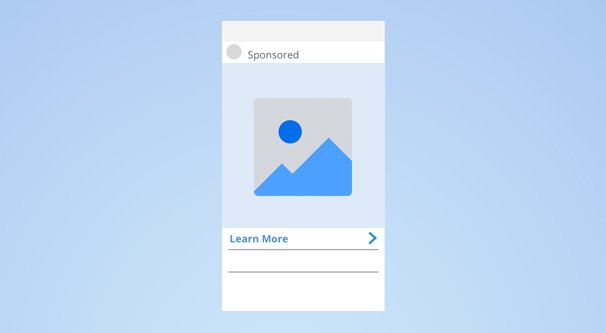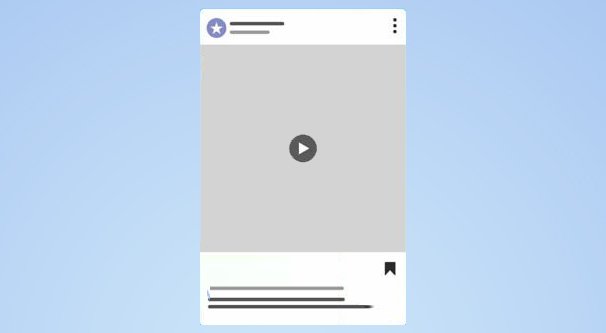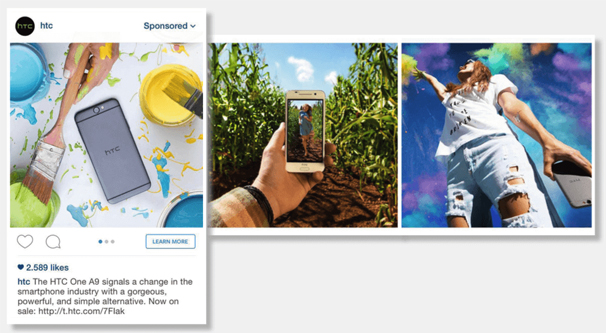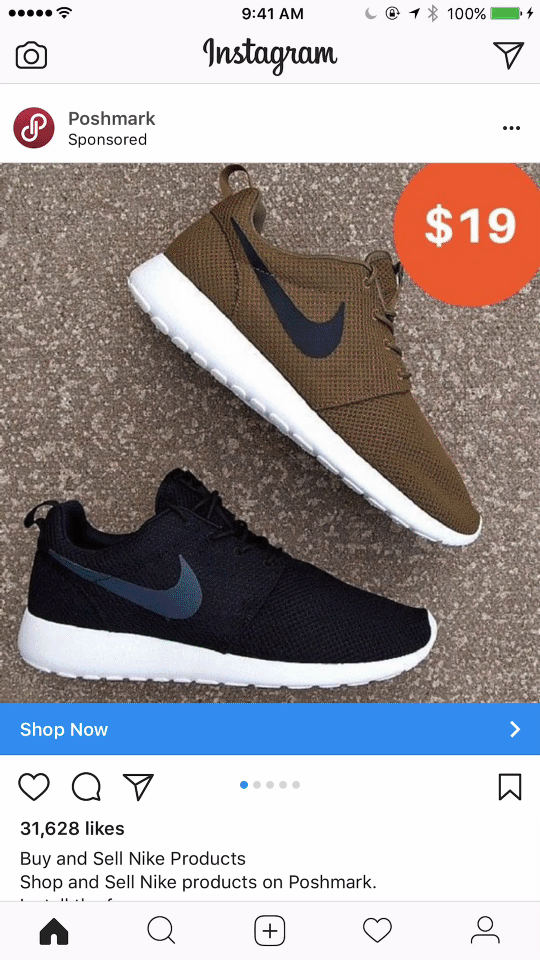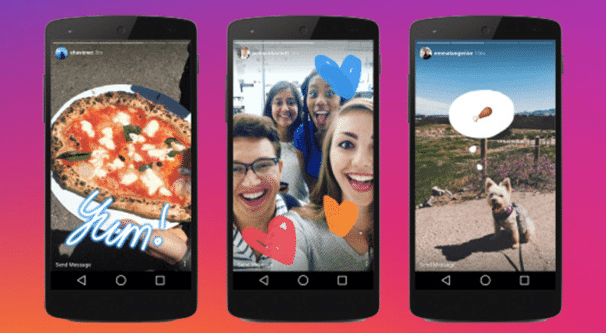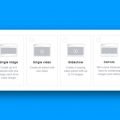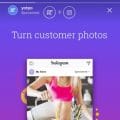It’s inevitable, really. Any time there’s a business, an app, or a platform that offers multiple different formats for whatever it is they do, you have people asking which one of their offerings is the best.
I’m here to drop an important pearl of wisdom on you. There is no such thing as the “best” of any of these. There’s only “what’s best for you.”
As you might expect from the title of this post, today I’m talking about Instagram ads. Instagram offers a variety of different ad formats and so, as I mentioned, people ask me all the time: which one is the best? Which one should I be using?
The Basics of Instagram Ads
Before we get into trying to make some kind of determination about which ad format is the best, we need to mention some of the basic features of the platform as a whole. After all, how can you be successful if you don’t know the map?
First of all, Instagram is not really its own platform. It is, but it’s closely tied into Facebook, which you might already know. If you understand Facebook Ads and Instagram Ads integration, skip onto the next step.
Instagram is a platform owned and operated by Facebook. That’s why there are so many easy cross-posts between the two platforms, and why Facebook seems to keep rolling out new features that are just ported from Instagram, like Stories.
What this means is that, to run ads on Instagram, you need to go through the Facebook ads platform. Any information you find about Instagram ads will be on Facebook’s help center. All of the Instagram ad tools – with the exception of narrow platforms like Later – are just Facebook’s ad tools.
On the one hand, if you’re choosing Instagram ads because Facebook ads are dauntingly complex, well, you’re out of luck, since they’re the same thing. On the other hand, this makes it extremely easy to run one ad campaign across both platforms; simply choose the ad positioning for both.
Another crucial bit of information you should know is that Instagram is still primarily a mobile platform. Sure, they opened their doors to the desktop world years ago, but it’s still limited what desktop users can do on the network. A huge proportion of your users are going to be on mobile.
One crucial side-effect of this mobile emphasis is that there’s really only one Instagram ad position, and that’s “in the feed.” There are no sidebar ads, there are no banner ads, there are no interstitials; it’s all just various forms of content you post to your feed.
There are only four Instagram ad types. All of them share certain attributes in addition to their location in the feed. First of all, they all have a Sponsored label attached to them. They all have some kind of call to action, either as a button below the post or as a “swipe up” as in Stories ads.
And, finally, the key piece of information that I’ve already given you, but that it’s worth giving again: there’s no such thing as the Best Ad Type. You have to think about your ad goals and your ad copy, and figure out which ad type will work best for you, for that ad, for now. This can and will change at any time, based on anything from changes Instagram makes to the ad platform to changes in audience perception.
The First Ad Type: Image Ads
The first of the ad types on Instagram is the image ad. This is the bottom of the barrel, most basic ad unit you can have. It’s equivalent to a promoted tweet or a promoted post on Facebook. You have an image, in either square, portrait, or landscape dimensions. You have a call to action button below the image, but above the caption and engagement buttons. You have a caption. Users can leave comments on the ads, and they stick around in your feed after you’re done with them, unless you delete them.
These ads are your bread and butter. They are the best ad format for getting your feet wet, for using a narrow budget, and for filling your ad “air time” with ads. Essentially, if you want to make sure you always have an ad running at all times, a simple image ad is the best format.
These ads require the least investment and the least work of all of the Instagram ad types. All you need is what you’re already doing on Instagram: a compelling image and a compelling caption.
Instagram image ads are easy to set up and run, and they’re easy to test and optimize. You have a minimum number of possible variables to test, though don’t get me wrong, there are still a ton with all of the audience targeting options you have available.
I recommend image ads for everyone at all times. If you don’t have an image ad running, you had better have some more important ads taking its place.
If there’s any downside to Instagram image ads, it’s that they’re not really eye-catching on their own. The lack of motion, the lack of multiple images, and the lack of all of the platform-based push of a story comes back to hurt them a bit. If you aren’t very good at creating the images in an eye-catching way, your image ads are likely to fall by the wayside.
The Second Ad Type: Video Ads
The second of the ad types available on Instagram is the video ad. Video ads are basically just like video posts you can upload to Instagram at any time, but with the sponsored tag and the additional call to action button along the bottom. They appear as either square or landscape format videos – no portrait, unfortunately – and you can still have a caption and user engagement beneath them.
Video ads are generally quite short. Instagram allows you to upload a video of anywhere from 1 second to 2 minutes in length. It’s relatively rare to see video ads longer than 30 seconds or so, though; keep in mind that the average social media user doesn’t have a very long attention span. Keeping users around is one of the hardest things in social media marketing.
There are a bunch of specific video rules to follow for Instagram video ads. Your file format, your audio compression, your bitrate; all of this matters to some extent. You can read the full design recommendations and technical specifications section here.
On the other hand, video ads on Instagram require more of an investment than image ads. Producing video is not an easy task in most circumstances. Yes, there are a lot of tools to make template-based videos or to put together simple animations, but at the same time, thousands upon thousands of brands are using those tools, so your videos won’t stand out if you’re using them too.
Despite the higher barrier to entry, video ads can be quite good and compelling if you create them properly. I recommend a relatively short video loop with a good call to action and some vibrant imagery to draw the user’s eye.
When are video ads the best format on Instagram? When you can produce excellent video, or when you have something it takes video to showcase. People aren’t going to read an infographic on Instagram, but if you animate it with some good kinetic typography, they’ll be hooked.
One thing to keep in mind with video ads is that your audio needs to be optional. A lot of people browse Instagram with their sound turned down or off, so if audio is crucial to your content, a lot of users are going to miss it entirely. Either make sure your audio is incidental, or include captions for them to use.
The Third Ad Type: Carousel Ads
Carousel ads are a sort of hybrid between video ads and image ads. They look and feel just like image ads, but they can include both kinds of content. That’s right: you can have both images and short video clips together in the same ad!
Carousel ads can have anywhere from two to ten cards in them. The user is presented with the first card in order when they see the ad, with an icon in the corner indicating that there are other cards to swipe or tap through. You can put either an image or a video up front, and I often recommend video because of how much more eye-catching video tends to be.
Videos in carousel ads are shorter than video ads themselves, only up to one minute in length. That’s fine though; most people aren’t going to watch through a video even that long, let alone longer. Additionally, keep in mind that your images and videos will be square, not landscape or portrait, in carousel ads.
Carousel ads are an interesting way to tell a story without having to put the full story in a video. You can put a series of sequential images together to guide the user to a conclusion, or explain the construction of a new product, or highlight individual features of a product. Alternatively, you can just go with a simple display of a handful of different products, with pricing attached.
So when are carousel ads the best ad format? Well, when you can’t decide between the others, of course. Why limit yourself to just images or just videos when you can do both?
Carousel ads excel when you have a series of discrete, individual points you want to make. Maybe you know your new product has five key features you want to highlight. You can make a carousel with five slides, one for each point, and another slide for the call to action. Or maybe you have five related products you want to promote, like this list of shoes:
It’s really not difficult to come up with a way to fill four or five slides, or even all the way up to the full ten.
If I had to say there’s a downside to carousel ads, I could come up with two. The first is that there are way more variables to test in your split testing. Not only is each individual slide ripe for optimization, but even the order of the slides matters. The second is that, sometimes, the user might miss the fact that it’s a carousel rather than a single image or video ad. You may need to draw attention to the fact that they can tap or slide for more.
The Fourth Ad Type: Stories Ads
If you’ve used Instagram at all in the last, oh, five years, you know that they’ve been promoting Stories as hard as they possibly can. Instagram stories are a full-screen video format, or a hybrid format between video and images that play automatically.
Stories are more engaging than any other form of post on Instagram, both in organic form and in ad form. They’re more immersive, because they’re full-size full-screen format. It’s easier to forget that they’re sponsored, and they can have a lot more going on than other kinds of ads.
Stories are the best ad type for Instagram advertising simply because there is a lot of push from the platform itself to showcase them. They have their own sort of mini-feed and icon, they’re highly engaging, and they have a unique kind of call to action with the “swipe up” action.
Conversely, stories ads can be the hardest ad format to use because the barrier to entry tends to be higher. Stories are often more casual than other ad formats, and making professional-but-casual video is really difficult.
So, which ad format is the best one?
With this knowledge, you can determine that for yourself.
- What is your goal with advertising?
- How can you best reach your audience to accomplish that goal?
- What resources do you have to produce compelling images or video?
Answer questions like these, and you’ll be able to pick a format more easily.
